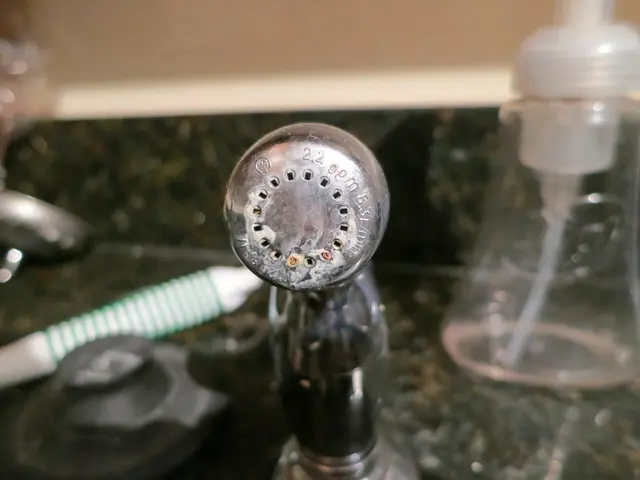Acrodermatitis: Common Childhood Skin Condition Explained
Acrodermatitis, also known as Gianotti-Crosti syndrome, is a common child skin condition affecting children aged 3 months to 15 years. It's characterized by itchy red or purple blisters, often accompanied by fever and swollen lymph nodes. The condition typically resolves on its own but may require specific treatment if caused by underlying viruses or infections.
Acrodermatitis is most prevalent in spring and summer, lasting between four to eight weeks, but can persist up to four months. It often begins with red spots that develop into itchy blisters, along with swelling and tenderness in the abdomen and lymph nodes. In rare cases, certain vaccines may trigger the condition. Diagnosis involves physical examination, blood or urine tests, skin biopsy, and checking for specific antibodies. If hepatitis B is the culprit, jaundice may appear within 20 days of symptom onset. The Epstein-Barr virus (EBV) is the most common cause in the U.S., but other viruses like HIV, hepatitis A, B, and C, and various infections can also lead to acrodermatitis. Siblings of previously affected children may contract the condition up to a year later, and children may still carry the disease after symptoms pass.
Prevention involves regular handwashing and avoiding contact with sick individuals. Although acrodermatitis itself is not contagious, the viruses that cause it are, so children who interact with each other may contract it simultaneously.
Acrodermatitis, though not contagious, is a common child skin condition with various viral and infectious causes. It typically resolves on its own but may require specific treatment depending on the underlying cause. Prevention involves good hygiene and avoiding contact with sick individuals. If you suspect your child has acrodermatitis, consult a healthcare provider for proper diagnosis and treatment.







